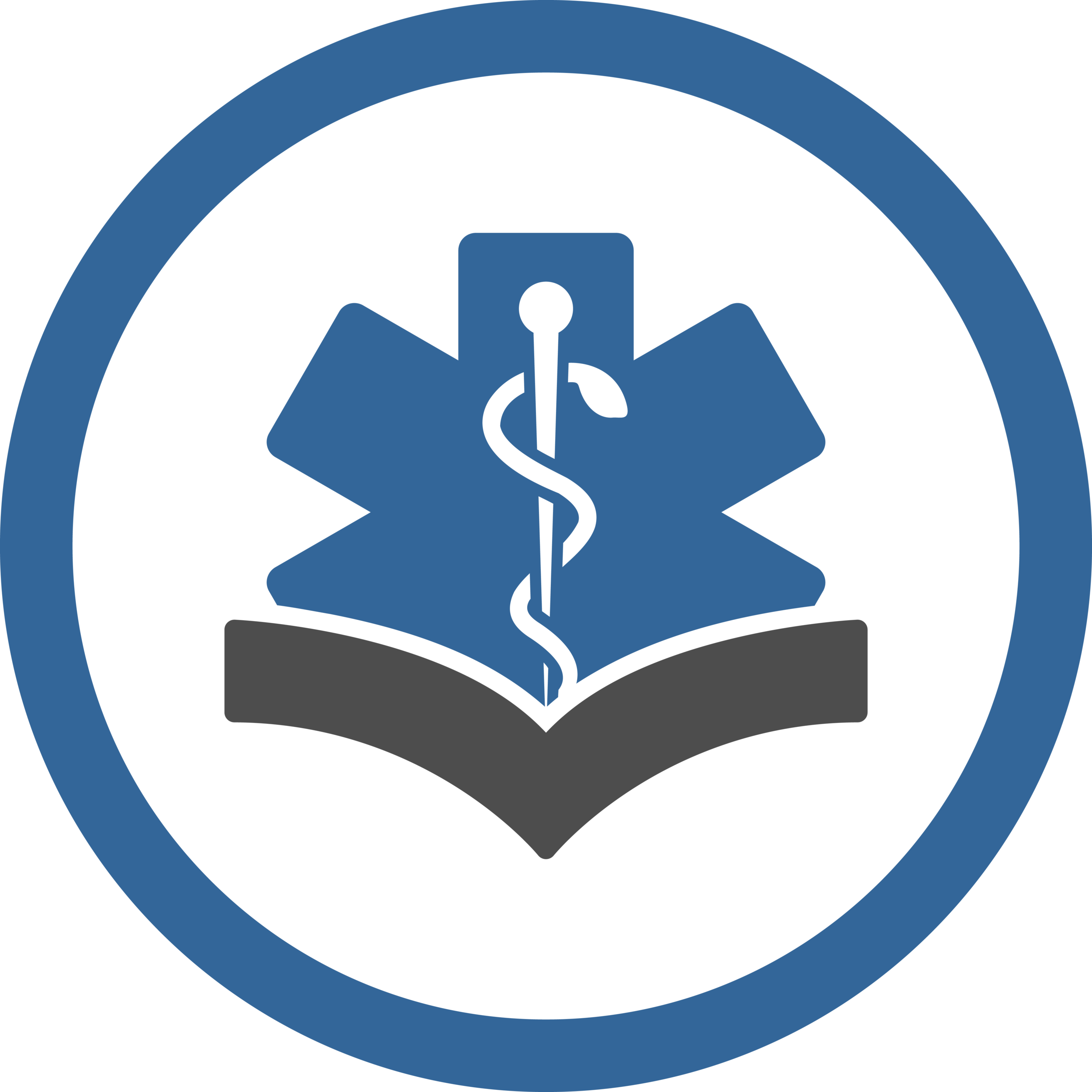Publication Description: Research indicates that there is an association between physician leadership and hospital performance.1Hospitals led by physicians have higher US News and World Report (USNWR) quality scores, reduced complication rates, better bed-usage rates, higher physician-satisfaction scores, and financial performance scores that equal those of nonphysician managers.2-4 These findings in the health care sector are in line with new management thinking that organizations led by core-business experts (ie, participants or practitioners in their respective fields) tend to demonstrate better performance.5 A recent article6 suggests that management-led organizations may be lagging because they have not embraced physician input and leadership, thus resulting in resistance to change. Access the Full Article.
A Statistical Model-driven Surgical Case Scheduling System Improves Multiple Measures of Operative Suite Efficiency: Findings From a Single-center, Randomized Controlled Trial
We sought to determine whether a data-driven scheduling approach improves Operative Suite (OS) efficiency. Although efficient use of the OS is a critical determinant of access to health care services, OS scheduling methodologies are simplistic and do not account for all the available characteristics of individual surgical cases. We randomly scheduled cases in a single OS by predicting their length using either the historical mean (HM) duration of the most recent 4 years; or a regression modeling (RM) system that accounted for operative and patient characteristics. The primary endpoint was the imprecision in prediction of the end of the operative day. Secondary endpoints included measures of OS efficiency; personnel burnout captured by the Maslach Burnout Inventory; and a composite endpoint of 30-day mortality, myocardial infarction, wound infection, bleeding, amputation, or reoperation. Access Full Article.
User-centered design of discharge warnings tool for colorectal surgery patients
Readmission following colorectal surgery, typically due to surgery-related complications, is common. Patient-centered discharge warnings may guide recognition of early complication signs after colorectal surgery. User-centered design of a discharge warnings tool consisted of iterative health literacy review and a heuristic evaluation with human factors and clinical experts as well as patient end users to establish content validity and usability. Literacy evaluation of the prototype suggested >12th-grade reading level. Subsequent revisions reduced reading level to 8th grade or below. Contents were formatted during heuristic evaluation into 3 action-oriented zones (green, yellow, and red) with relevant warning lexicons. Usability testing demonstrated comprehension of this 3-level lexicon and recognition of appropriate patient actions to take for each level. Access Full Article.
Postacute Care and Recovery After Cancer Surgery: Still a Long Way to Go
To determine whether postacute care (PAC) facilities can compensate for increased mortality stemming from a complicated postoperative recovery (complications or deconditioning). An increasing number of patients having cancer surgery rely on PAC facilities including skilled nursing and rehabilitation centers to help them recover from postoperative complications and the physical demands of surgery. It is currently unclear whether PAC can successfully compensate for the adverse consequences of a complicated postoperative recovery. Access Full Article.




